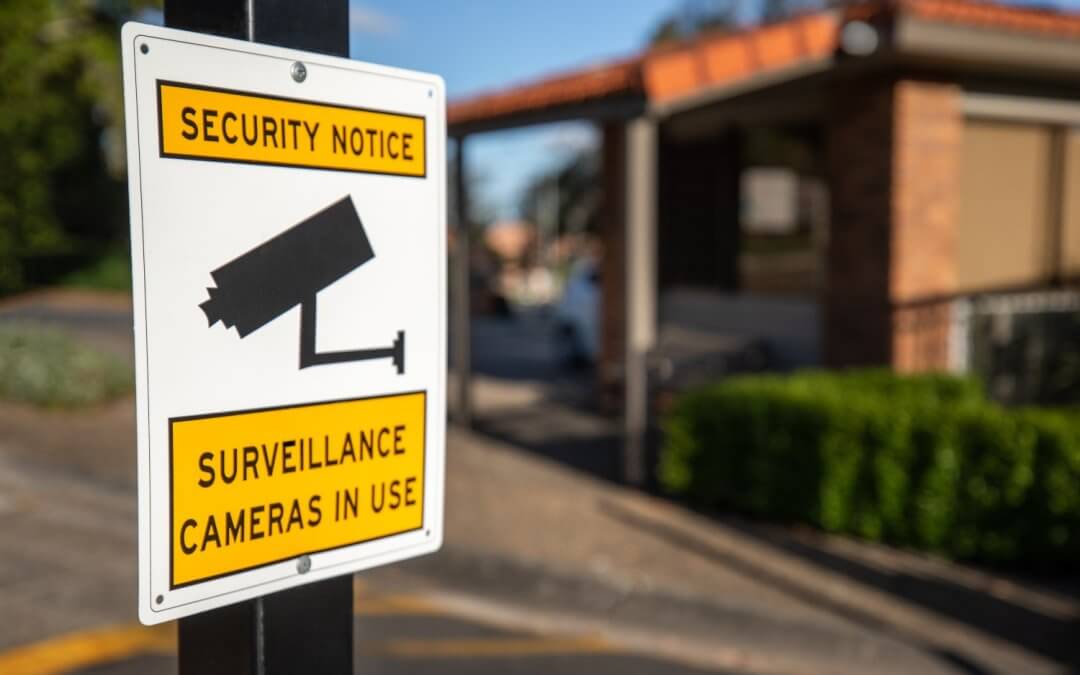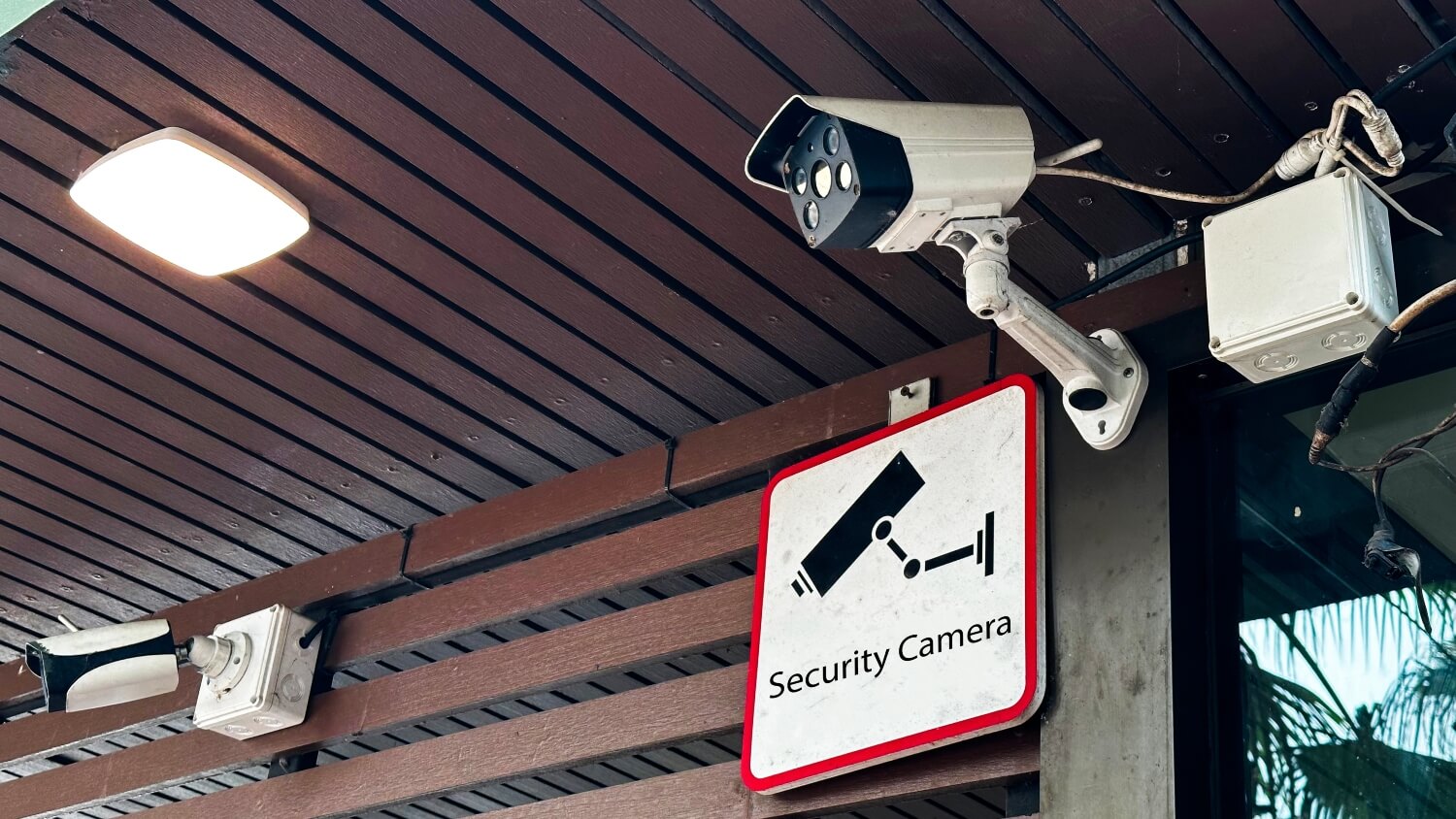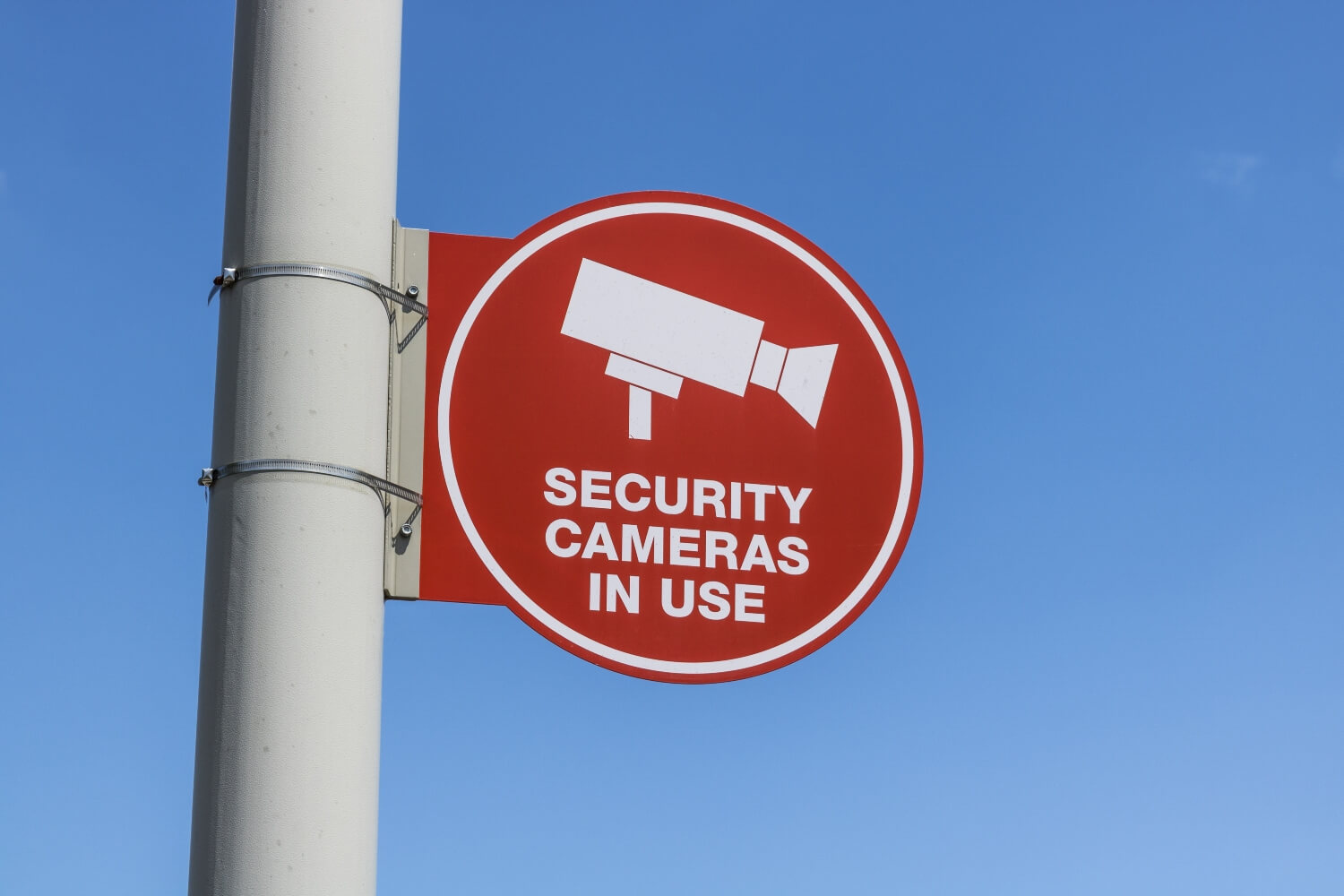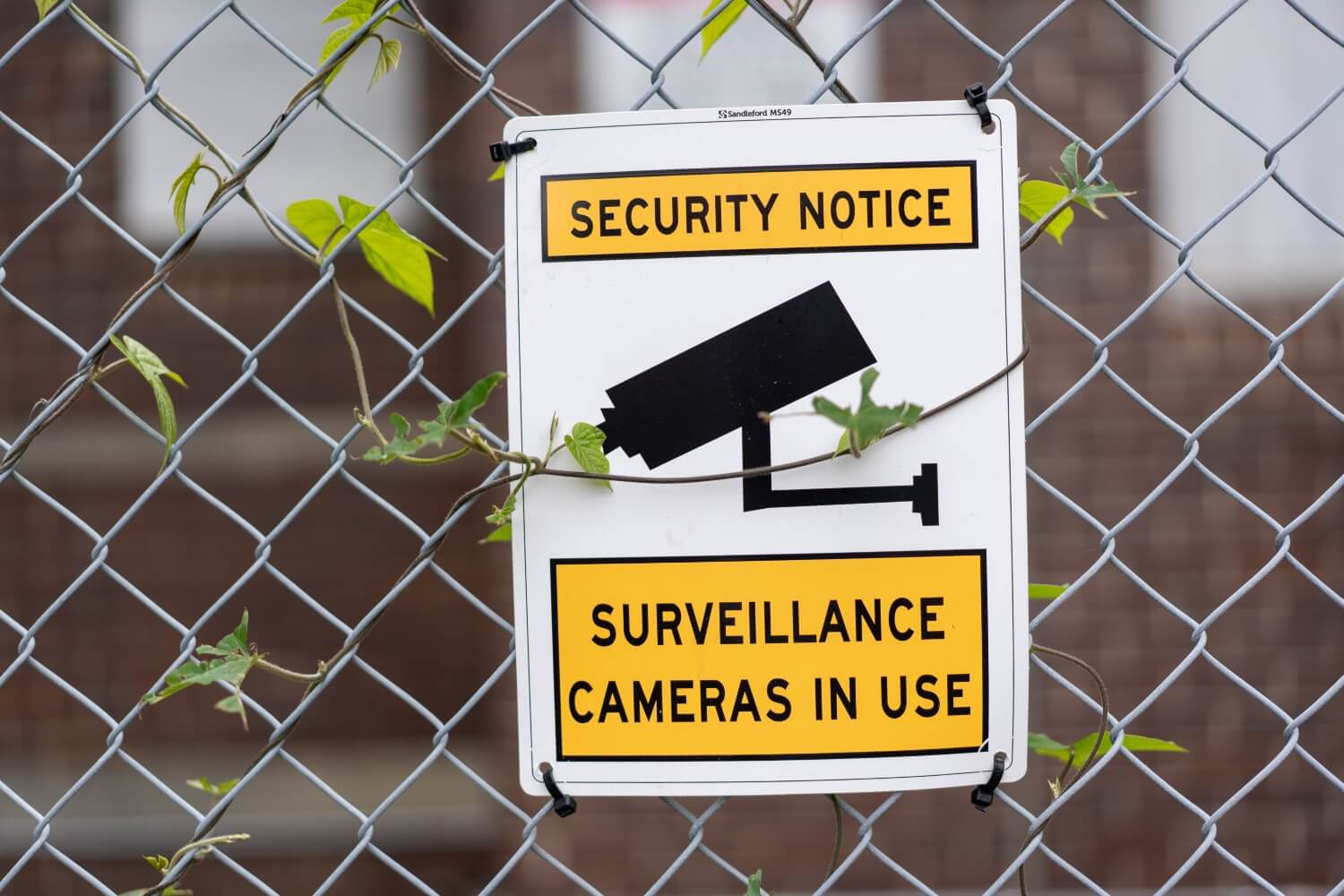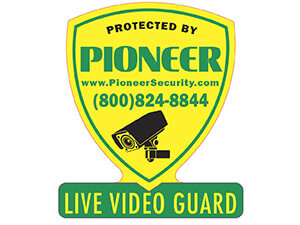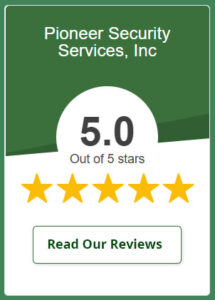According to the U.S. Department of Justice guidance on video surveillance, clear and conspicuous signage is essential to ensure that privacy rights are respected in areas under surveillance. Proper signage informs individuals that they are being monitored, helping to balance security needs with privacy protections and maintain compliance with legal standards. Without adequate signage, businesses risk facing legal penalties, reputational harm, or even lawsuits. Read this blog to understand what surveillance signage and compliance mean, why they are important, and the laws around them.
The Importance of Surveillance Notice Compliance
Surveillance notice compliance represents the backbone of transparent security operations. It is the practice of informing individuals that they are being monitored through cameras, sensors, or other surveillance technologies. From luxury hotels to corporate headquarters, effective signage communicates accountability while ensuring legal protection.
Why Surveillance Notice Compliance Truly Matters
Understanding why surveillance notice compliance matters helps organizations recognize its broader impact on legal protection, workplace trust, and public perception.
- Legal compliance ensures organizations avoid fines and lawsuits.
- Transparency builds public confidence in an organization’s operations.
- Employees feel more secure in properly monitored environments.
- Guests and customers perceive enhanced professionalism and safety.
A recent U.S. Government Accountability Office GAO report on digital surveillance of workers found that 51 stakeholder submissions confirmed the use of camera monitoring in workplaces, while 22 noted the use of audio-monitoring tools. This data highlights the widespread presence of surveillance technologies and underscores that clear signage is not merely a legal formality but essential for protecting worker privacy and maintaining trust.
Surveillance signage is more than a legal obligation. It strengthens relationships between organizations and the people they serve, ensuring clarity in spaces where privacy and security intersect.
Do surveillance signs actually improve compliance and trust?
Yes. Studies by Privacy International show that people are more accepting of surveillance when they are clearly notified in advance, as it gives them control over their choices (Privacy International). This proves that signage enhances both compliance and public trust.
Legal Frameworks Governing Surveillance Signage
The rules for surveillance signage differ across regions, but the core principle is the same: people must be informed when they are being monitored. Businesses and organizations need to understand national and local laws to avoid violations.
- United States: Privacy rules vary by state. While some laws focus more on data protection, many businesses use clear signage as a best practice to ensure transparency and avoid disputes.
- European Union: Under GDPR, organizations must display visible and accessible signs that explain the purpose of surveillance and who is responsible for the data.
- United Kingdom: CCTV rules require clear signage that includes details about who operates the system and how to contact them.
Key Requirements for Surveillance Signage Compliance
To meet legal and ethical obligations, organizations must follow specific signage requirements that ensure both visibility and transparency in monitored spaces.
- Clear signs showing an area is under surveillance.
- Explaining the purpose of monitoring (e.g., safety or crime prevention).
- Providing contact details of the responsible organization.
- Placing signs where they are visible before someone enters the monitored area.
Non-compliance can result in heavy fines and damage to trust. Laws like GDPR show how penalties can reach millions for failing to provide proper notice.
Types of Surveillance Signage and Their Applications
Surveillance signs vary in style, material, and purpose. Businesses should choose signage based on legal standards, the environment, and branding needs.
Types of Surveillance Notices Businesses Use
The following are the common types of surveillance notices most businesses utilize:
- Warning Signs: Bold, highly visible notices indicating monitoring, often with camera icons.
- Informational Signs: Provide detailed information such as the purpose and data controller contact.
- Restricted Area Signs: Indicate high-security zones with limited access.
- Digital Notices: Displayed on screens or entry systems, useful in smart buildings.
The Occupational Safety and Health Administration (OSHA) requires clear signage in hazardous areas, which has inspired similar standards for surveillance. The principle remains the same: clear communication reduces risk.
Application Examples:
- Airports use multilingual digital signs for travelers.
- Banks rely on visible “24-hour CCTV” notices to deter crime.
- Luxury hotels incorporate aesthetically designed plaques that blend with the décor.
Once organizations understand the types, the next step is implementing best practices to ensure compliance and efficiency.
Best Practices for Effective Surveillance Signage
Implementing surveillance signage goes beyond hanging a board. It requires strategy, consistency, and attention to both legal and human factors.
Effective Practices to Ensure Transparency
- Visibility: Signs must be placed where individuals can see them before entering monitored areas.
- Clarity: Use simple language and universally recognized icons, and avoid technical jargon.
- Consistency: All signs should match in tone, design, and information to reinforce trust.
- Durability: Use weather-resistant and tamper-proof materials for outdoor signage.
- Integration with Technology: Digital screens can provide real-time updates on surveillance policies.
The NIST Cybersecurity Framework guides organizations in managing cybersecurity risks through clear communication and defined roles. It centers on five core functions: Identify, Protect, Detect, Respond, and Recover, to build resilient security practices. Effective communication within this framework helps prevent confusion and strengthens cybersecurity posture.
When executed well, signage does more than meet legal standards. It fosters trust, especially in environments where employee and visitor confidence is crucial.
How Surveillance Signage Builds Workplace Trust and Safety
Employees are more productive and secure when they know monitoring systems are transparent and fair. Signage contributes to creating a culture of safety rather than secrecy.
Benefits in Workplace Environments
- Employees understand that surveillance protects them from theft or harassment.
- Visitors feel reassured that security is prioritized.
- Businesses demonstrate accountability by clearly outlining surveillance practices.
A study by the U.S. Office of Personnel Management shows that transparency measures, such as clear communication and signage, significantly increase workplace trust. This enhanced trust reduces employee turnover and workplace disputes by fostering openness and accountability. Organizations prioritizing transparency benefit from higher employee engagement and a more positive work culture.
Beyond workplaces, the lessons of compliance are amplified when seen through real-world case studies.
Risks of Non-Compliance in Surveillance Signage
Failing to implement proper surveillance signage carries significant legal, operational, and reputational risks. Here are the key consequences organizations may face:
- Legal Penalties: Violating laws like GDPR or CCPA can result in fines reaching millions, making clear signage a simple but vital compliance safeguard.
- Reputational Damage: Hidden monitoring creates perceptions of secrecy, eroding trust among customers, employees, and stakeholders.
- Operational Disruptions: Investigations, lawsuits, and audits drain resources, disrupt daily operations, and strain client relationships.
- Employee Distrust: Lack of transparency in workplace surveillance fosters resentment, lowers morale, and increases turnover.
In short, neglecting signage isn’t a minor oversight; it exposes organizations to legal liability, financial loss, and broken trust, all of which can severely undermine security goals
The European Union Agency for Fundamental Rights (FRA) 2017 report on surveillance by intelligence services highlights 16 published opinions advocating stronger safeguards in EU surveillance practices. The findings reveal significant risks to civil liberties, data protection, and institutional credibility from non-compliance. The report stresses that transparency and strict adherence to rights-based frameworks are essential to maintain public trust and uphold democracy across member states.
To avoid these risks, organizations must explore innovative ways to integrate compliance without compromising aesthetics.
Balancing Elegance and Compliance in Luxury Surveillance Environments
Luxury-focused businesses such as high-end hotels, corporate offices, and private residences face the challenge of maintaining elegance while ensuring compliance.
Proven Strategies to Strengthen Trust and Safety
- Designing signage that complements architecture and décor.
- Using high-quality materials like brass, glass, or engraved wood.
- Integrating digital displays with luxury interior technology.
- Collaborating with legal advisors to ensure compliance without visual clutter.
Aesthetic considerations complete the compliance framework, bringing us to a final summary of key insights.
Secure Compliance Excellence for Your Business Today
Surveillance signage and notice compliance are not optional; they are foundational to modern security management. They provide legal protection, build trust, and enhance operational efficiency.
From legal frameworks to workplace trust-building and luxury brand integration, signage ensures transparency and credibility. When organizations align compliance with aesthetics, they achieve both security and elegance.
For premier, luxury-grade surveillance solutions that combine compliance, advanced technology, and refined design, visit Pioneer Security. Trusted by leaders in hospitality, retail, and corporate environments, Pioneer delivers security with distinction.
Frequently Asked Questions
How do I know if signage is legally required in my area?
Signage requirements vary by jurisdiction (state, country, local). You’ll need to check your local privacy or surveillance laws. In many places, signage is not strictly mandated by federal law but is considered a best practice or required under state or municipal codes.
Can digital signs substitute physical signage?
In some cases, digital notices can supplement physical signs, especially in smart buildings. However, many regulatory frameworks still demand clearly visible physical signage at entry points to ensure individuals are properly informed in real time.
Are audio surveillance notices different from video?
Yes. Audio recordings are more heavily regulated than video in many jurisdictions. When audio capture is involved, signage must explicitly mention that conversations may be recorded, because it raises additional privacy concerns.
How often should surveillance signage be updated?
You should review and update signage whenever you change your monitoring systems, coverage areas, or relevant laws. Signs should also be replaced if damaged, faded, or no longer clearly visible to ensure ongoing compliance and clarity.
Can hidden or obscure signage still be compliant?
No. Signs should be conspicuous and legible. Hidden or tiny notifications may not satisfy legal or ethical standards because they fail to adequately alert individuals about surveillance before they enter the monitored area.

